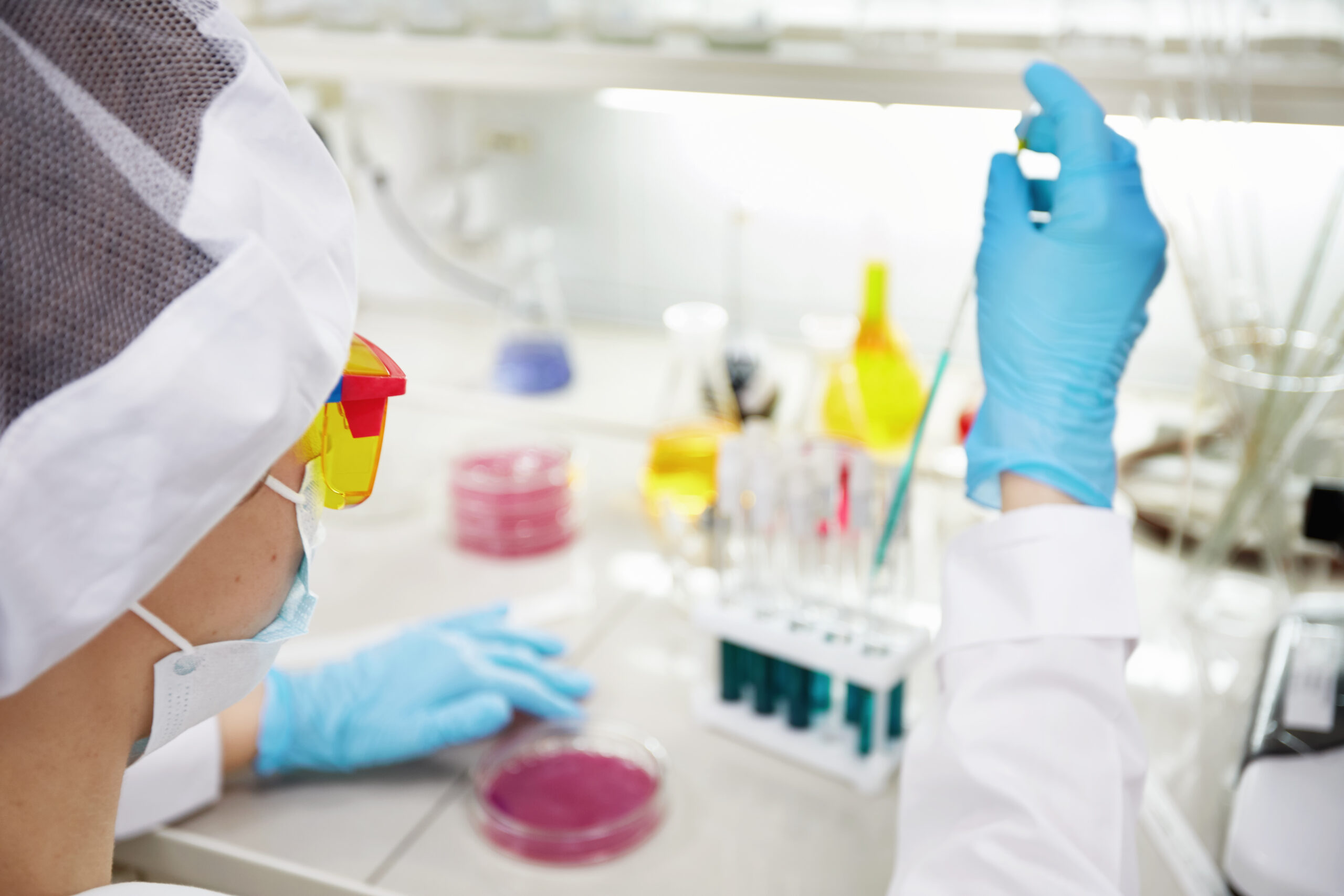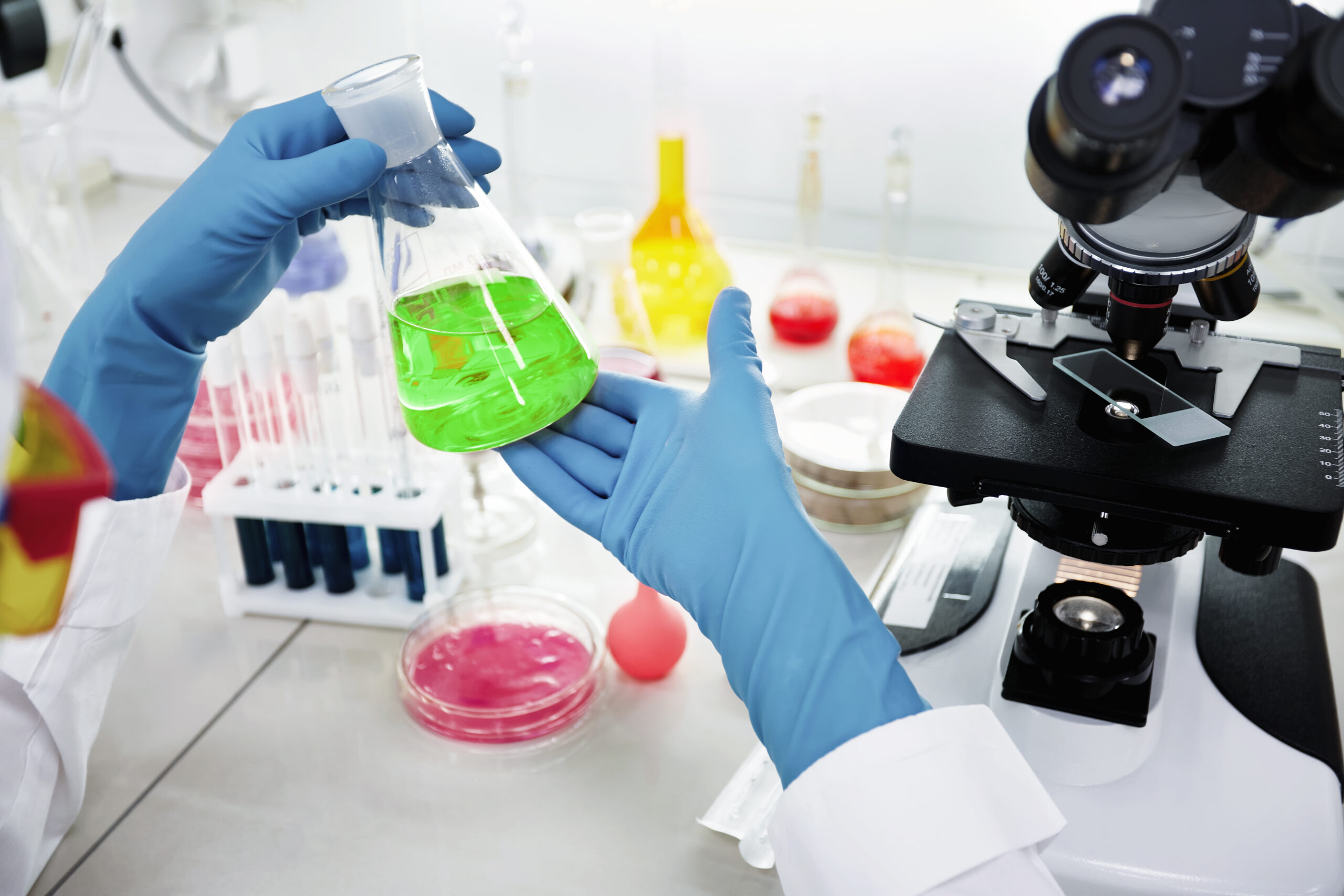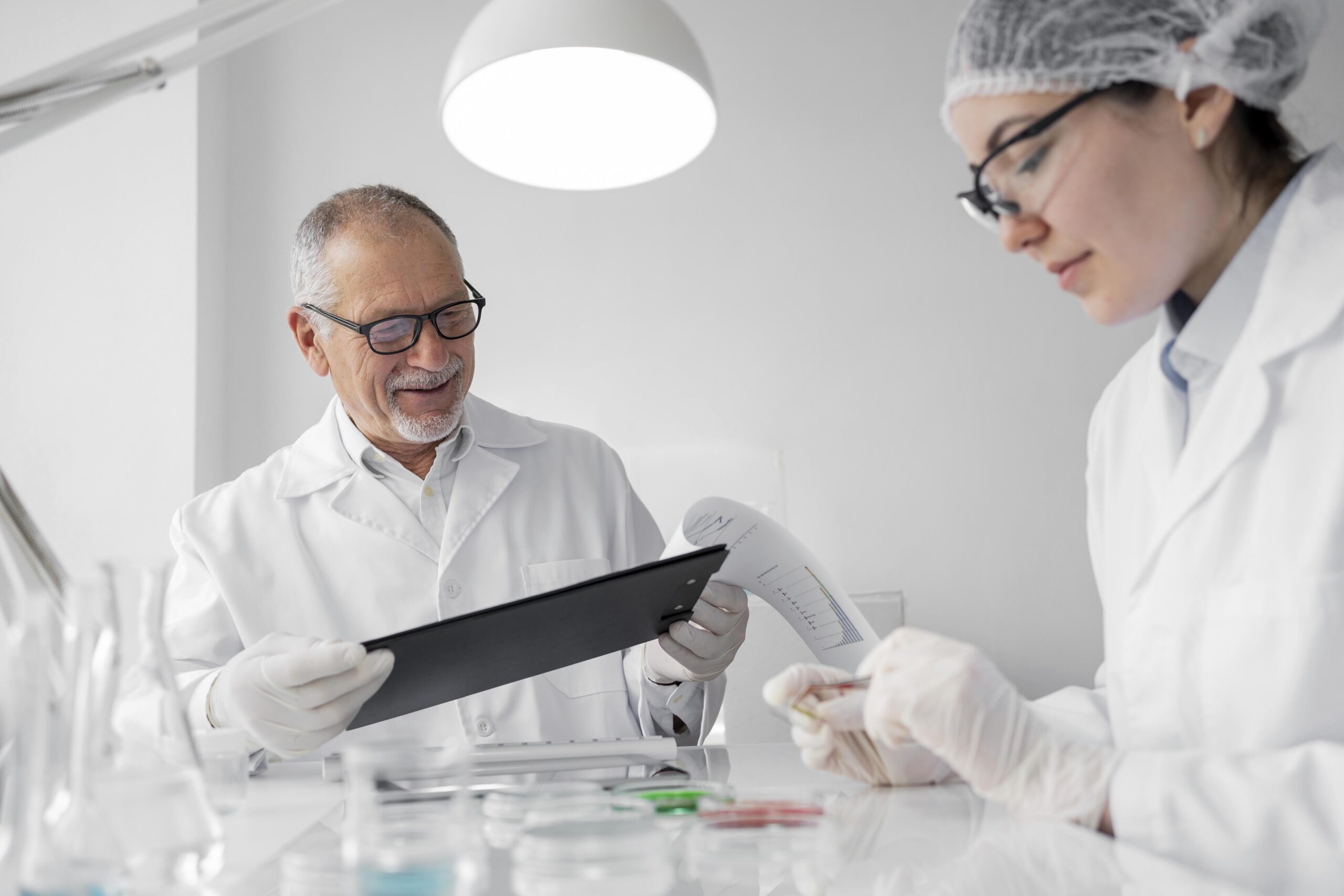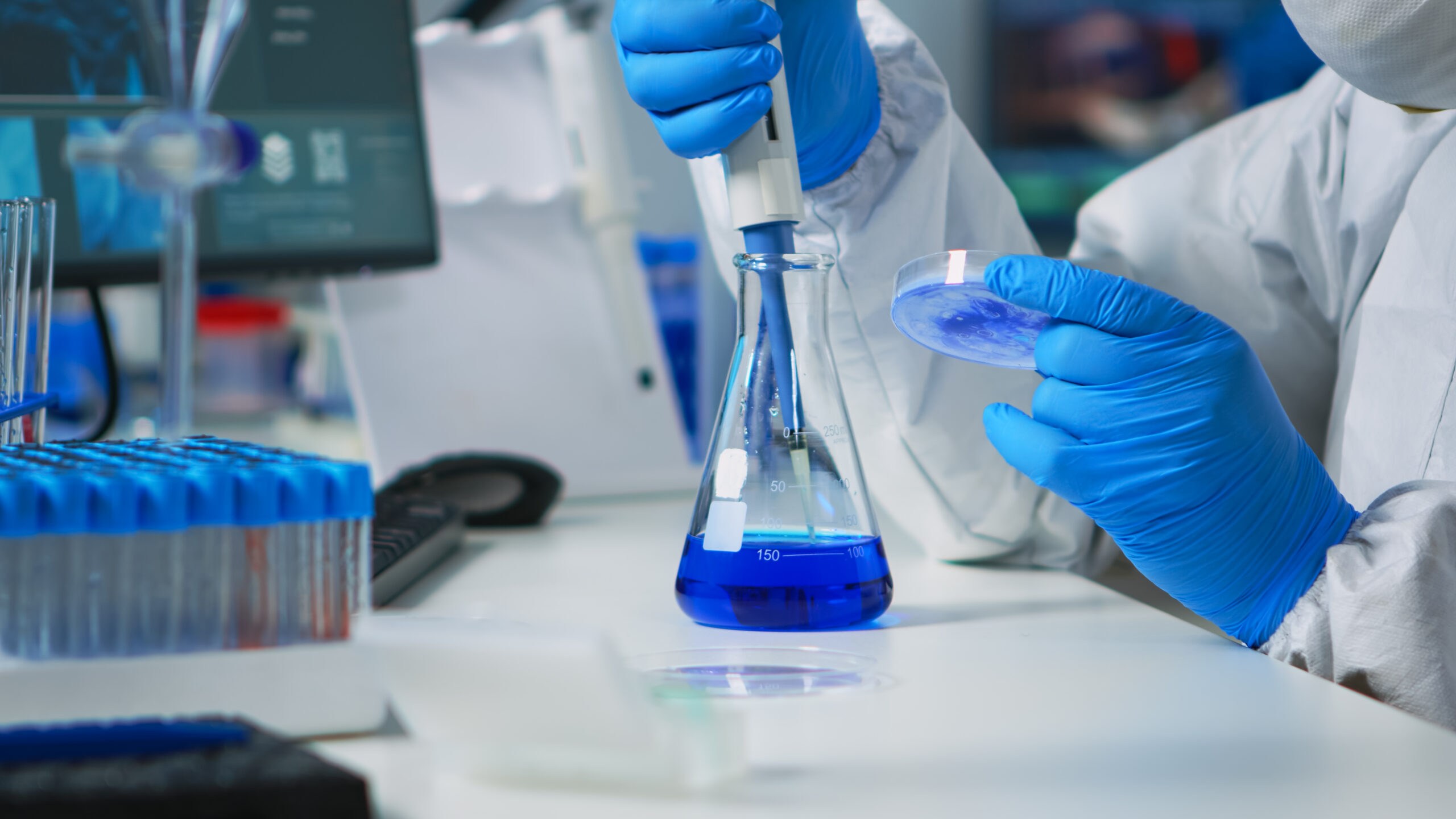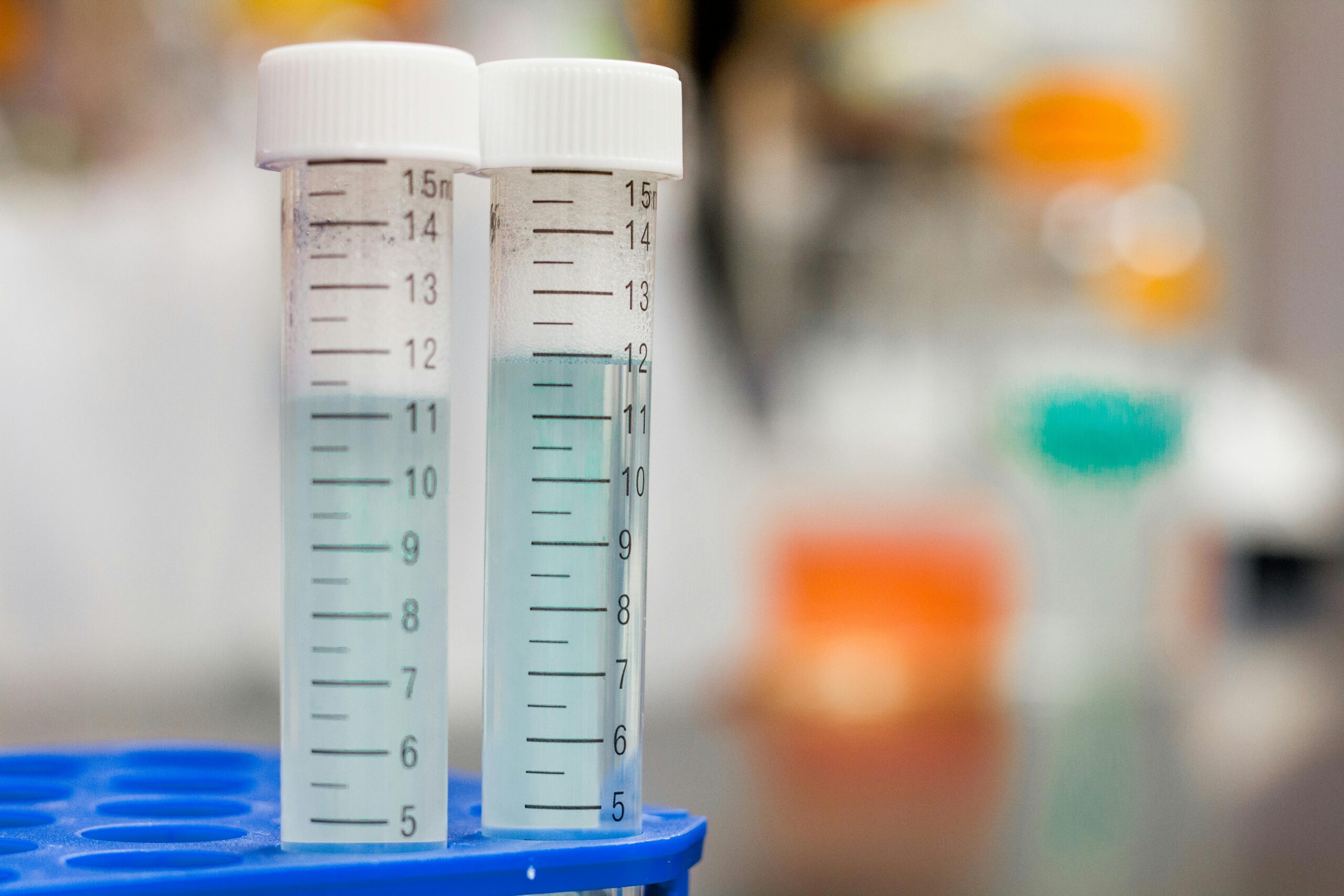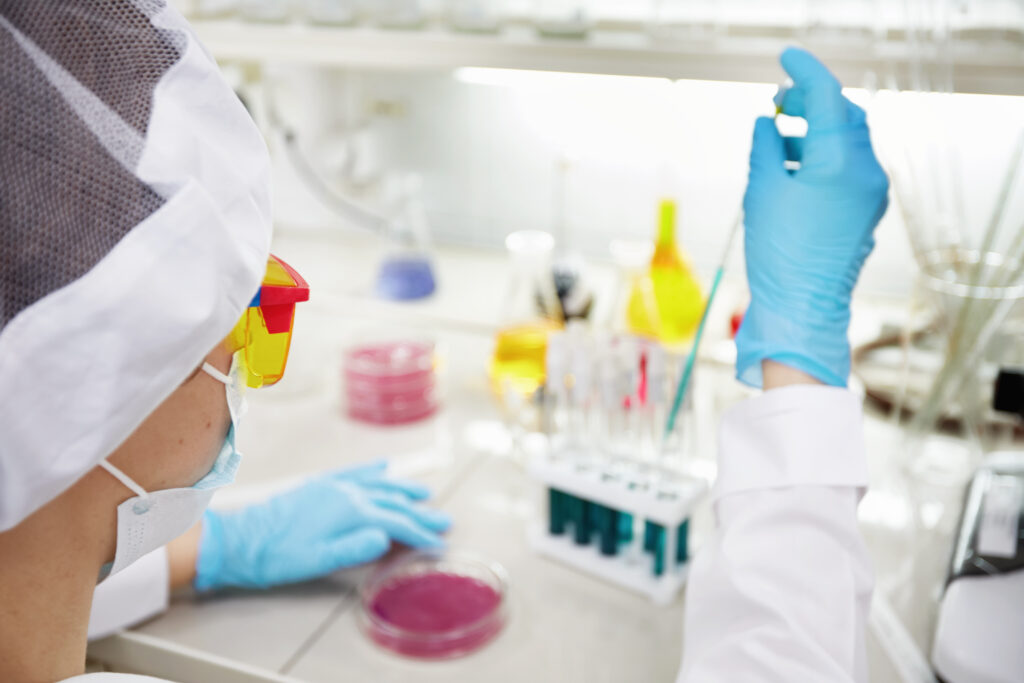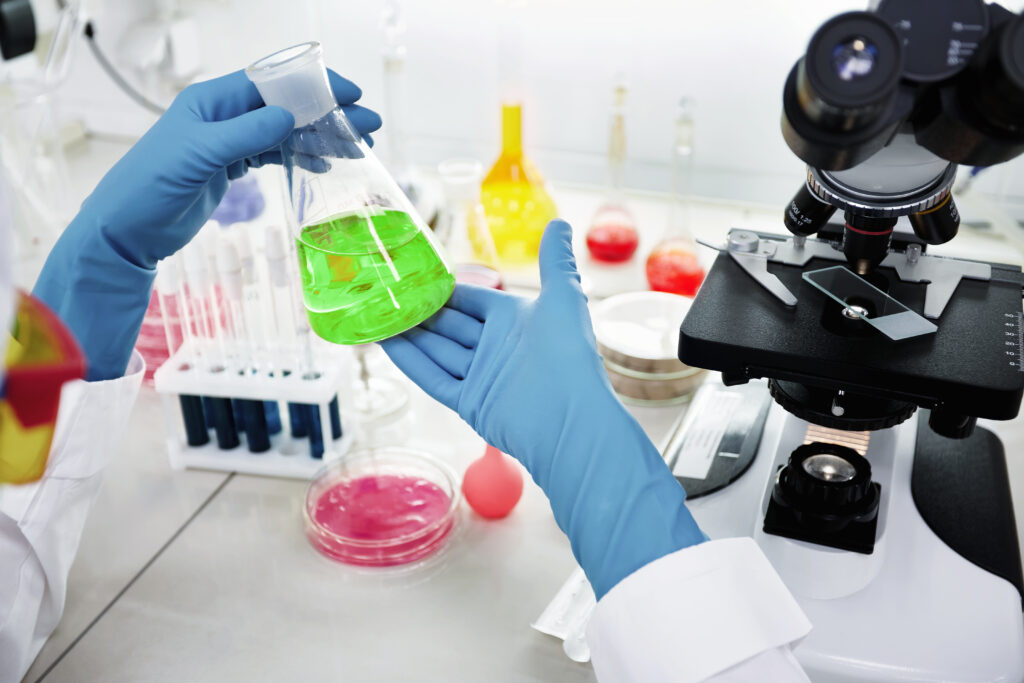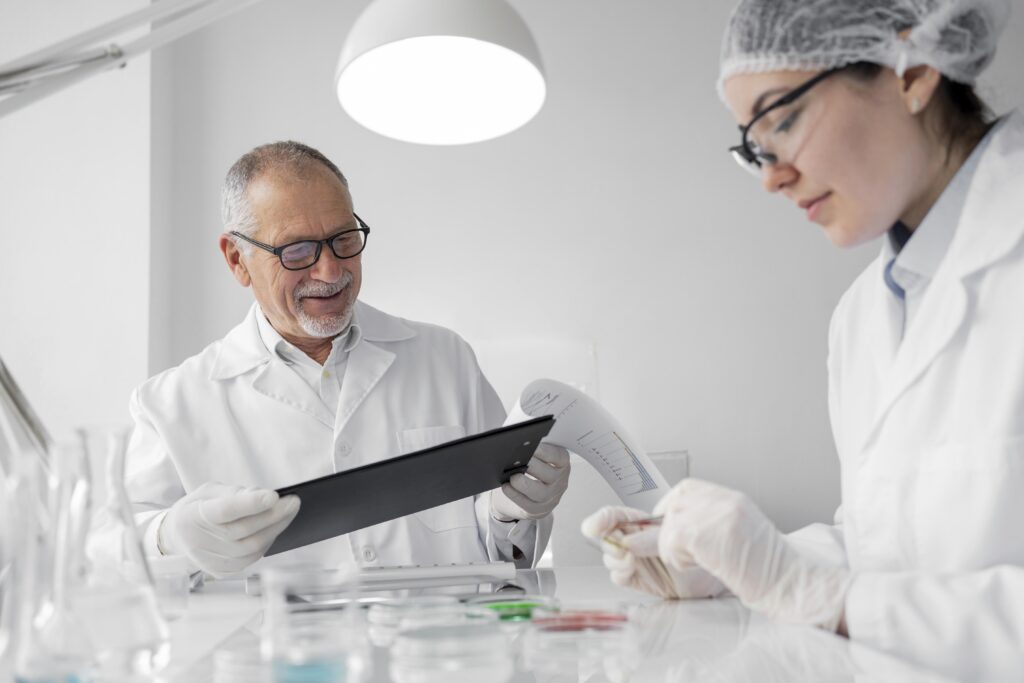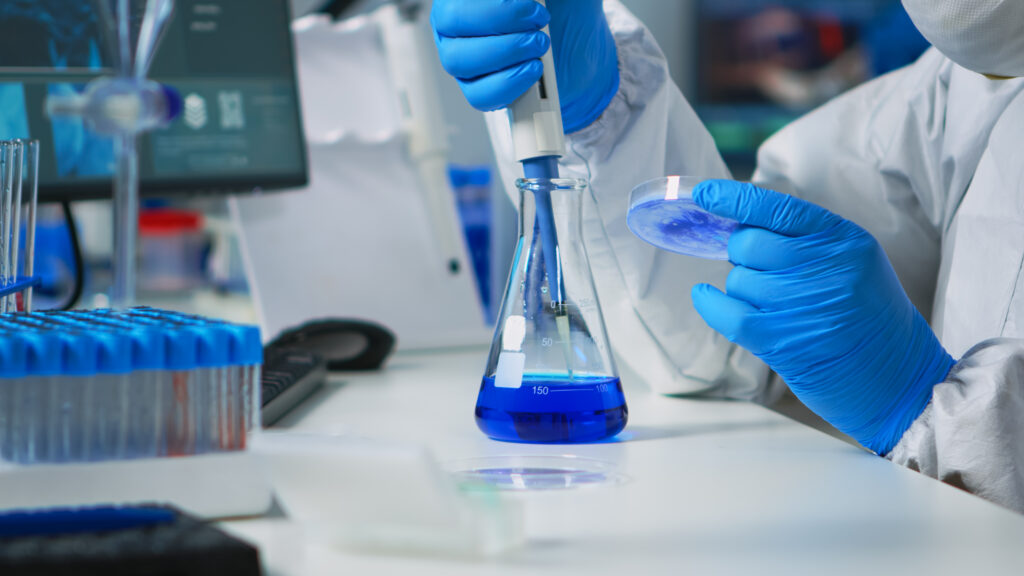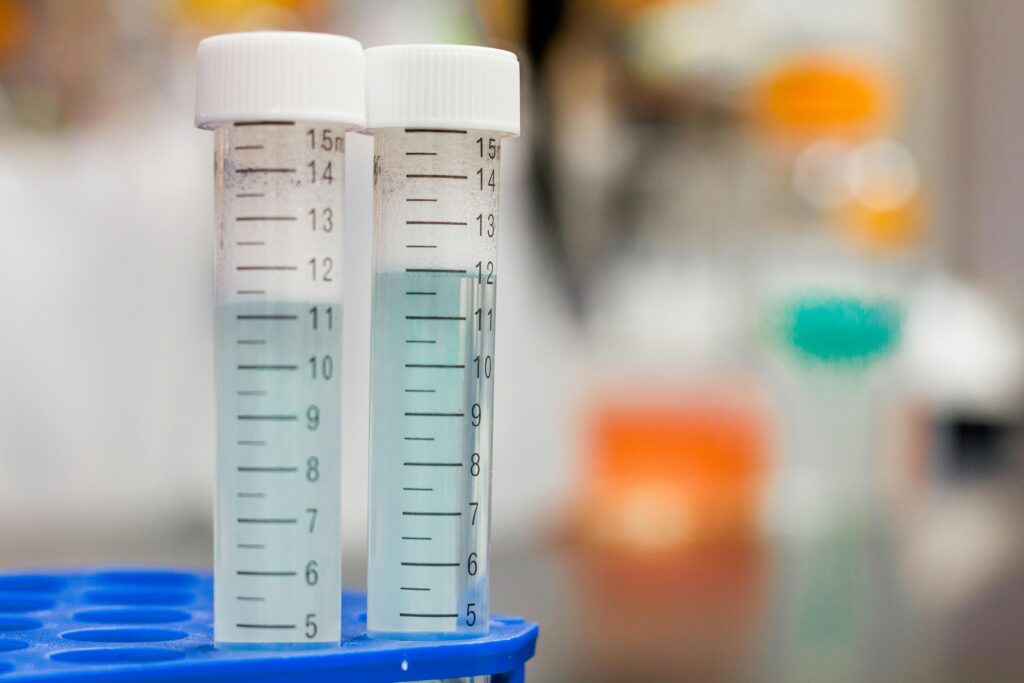When it comes to food, we all want to ensure that consumers get the best quality products. From size, shape, color, and consistency to the taste of the product, farmers are always looking to grow the best crops and producers want to produce top-quality products.
With that comes the responsibility of managing both the safety and quality of fresh food products. The majority of the world’s food is grown on farms. That is why it is pesticides are needed to protect the crops from damage and prevent crop losses due to diseases.
While pesticides are necessary to ensure the safety of food, it is equally important to take care that they are free from pesticide residues. Here is where pesticide testing labs come into the picture.
Pesticide Residue Detection Methods
- Folded Gas Chromatography-Mass Spectrometry
GC/MS is the most commonly used method for pesticide residue analysis. For higher sensitivity and accuracy, ion mode is used to confirm the target substance based on the retention time, ion characteristics and ion ratio relationships.
- Tandem Mass Spectrometry (GC-MS-MS)
LC-MS/MS is a method identical to GC-MS but it uses a tandem mass spectrometer which makes it possible to select specific analytes for individual fragmentation which allows for more complex mixtures to be analyzed easily.
This method uses a beam of electrons to ionize analytes but the instrument can also ionize an intermediate gas which ionizes the analyte in secondary reactions. This method minimizes the decomposition of analytes during the ionization stage and allows for more sensitive fragmentation during the MS/MS stages.
What Are Pesticide Labs?
Pesticide residue testing laboratory analyzes food products to ascertain the presence of harmful residues from foreign substances. The Environmental Protection Agency(EPA) defines it and the Food and Drug Administration(EDA) enforces it.
These labs evaluate and perform in-depth analyses to ensure that the food products that are being sent out meet the Maximum residue limits set by the EPA for safe consumption
The tolerances set by the various national and International authorities like FSSAI , APEDA . AGMARK BIS and EU are the standards for the acceptable level of pesticides that can remain in or on a product. Pesticides are defined as “many kinds of ingredients used in products such as insecticides, fungicides, rodenticides, insect repellants, weed killers, antimicrobials and swimming pool chemicals that are designed to prevent, destroy, repel or reduce pests of any sort”
SMSLA labs are accredited by various national and international bodies including NABL use sophisticated and high sensitive equipment such as LC-MS/MS and GC-MS/MS to identify and quantify trace amounts of multiple pesticide residues in a single run.
We have the technical expertise, knowledge and infrastructure to cater to the various regulations. Moreover, we have a huge catalogue of pesticide standards to identify even minute levels of pesticides in all types of products. We have an excellent track record of using globally accepted test methods which gives us as well as our customers confidence in our test methods and results Through process optimization and by using the latest instruments, we ensure a quick turnaround time and accurate results without compromising the quality of the test results.

